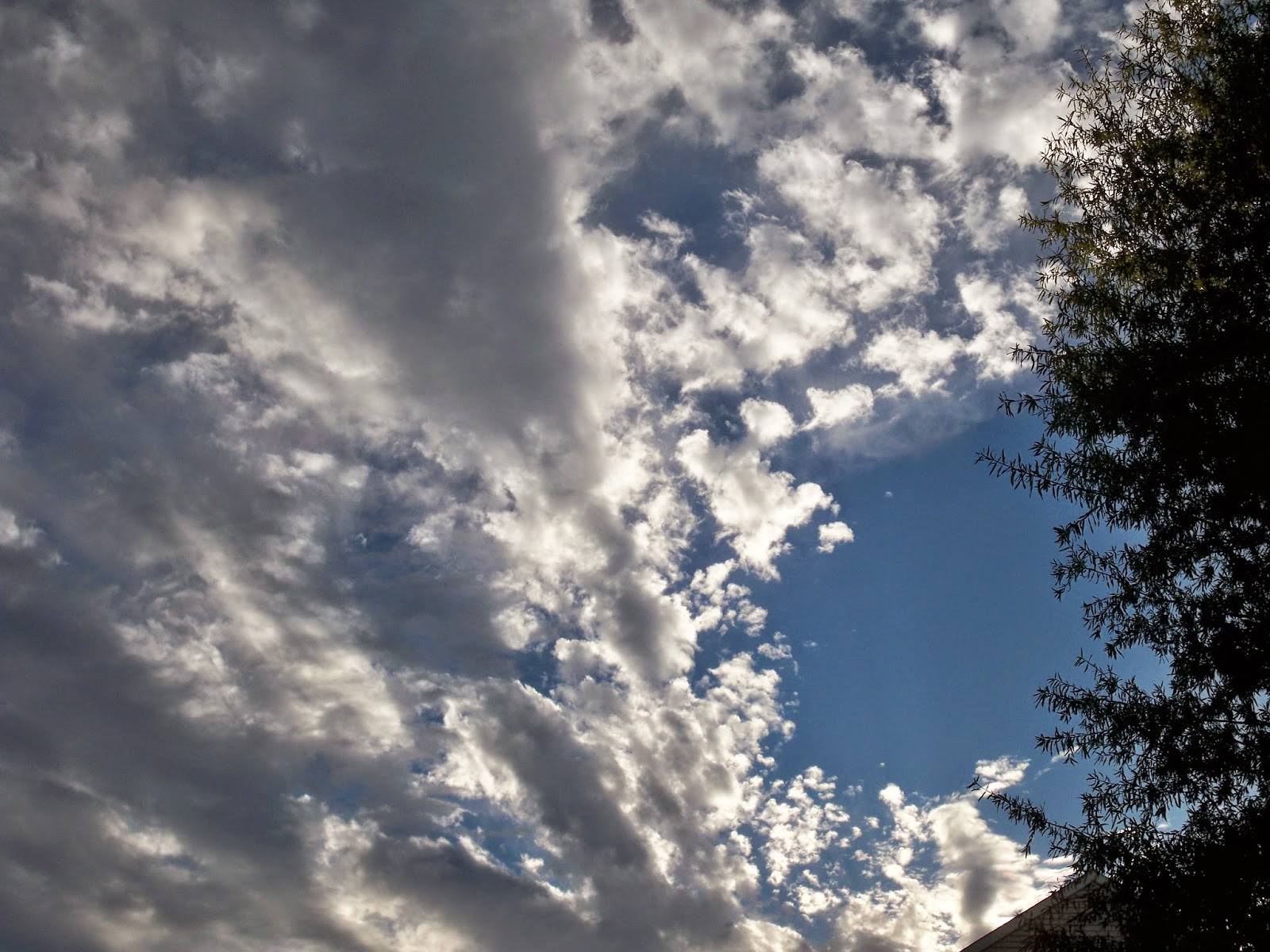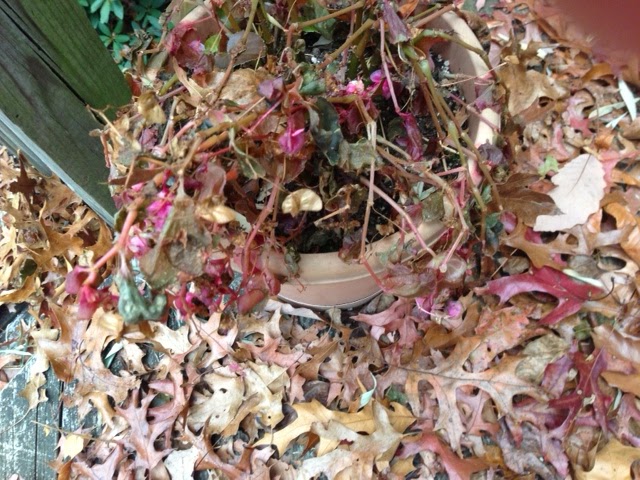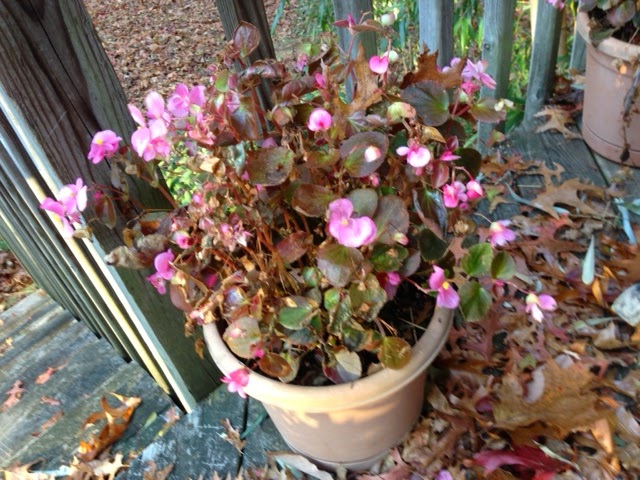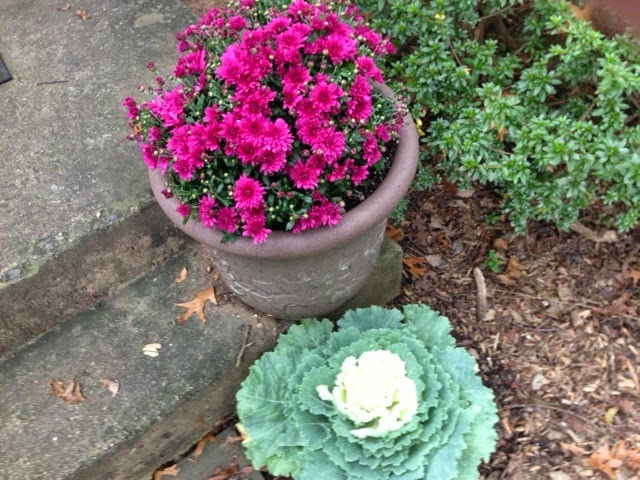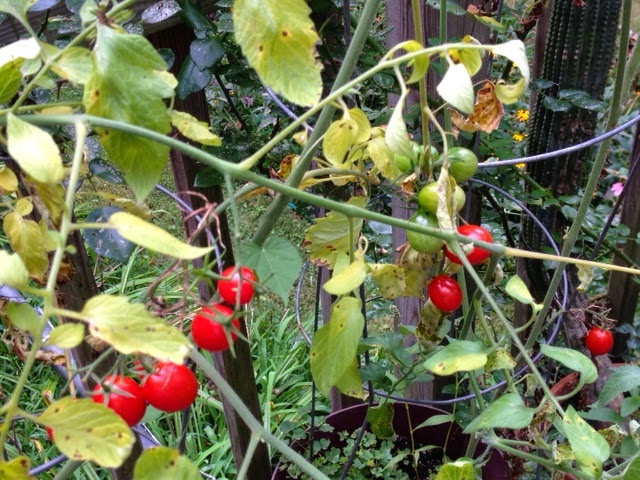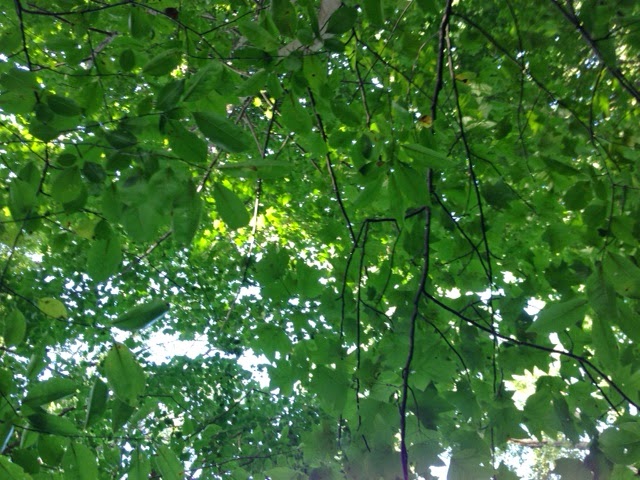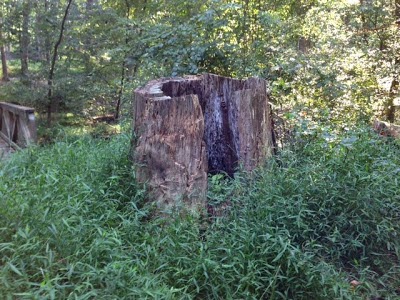The Utility of Trees
Thinking this morning of the utility of things and how they change through time.
The tree that once shaded the backyard, whose sturdy trunk supported first a baby swing and then a porch swing, has been a branch-less trunk for more than a year now. It’s the Venus de Milo of the backyard.
But what it lacks in shade and stability it makes up for in bird habitat. No branches for nests but a great tall expanse of trunk for woodpeckers. I heard the birds yesterday, rat-tat-tatting for insects and grubs, and thought of the tree’s gracefulness in good times and bad.
“I like trees because they seem more resigned to the way they have to live than other things do,” Willa Cather said. She could have been thinking of this noble, denuded, pockmarked oak.

